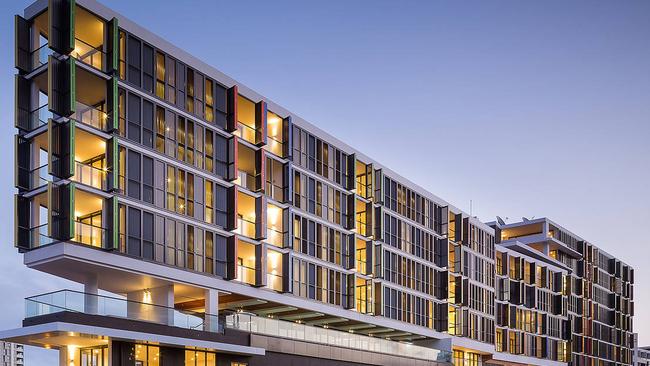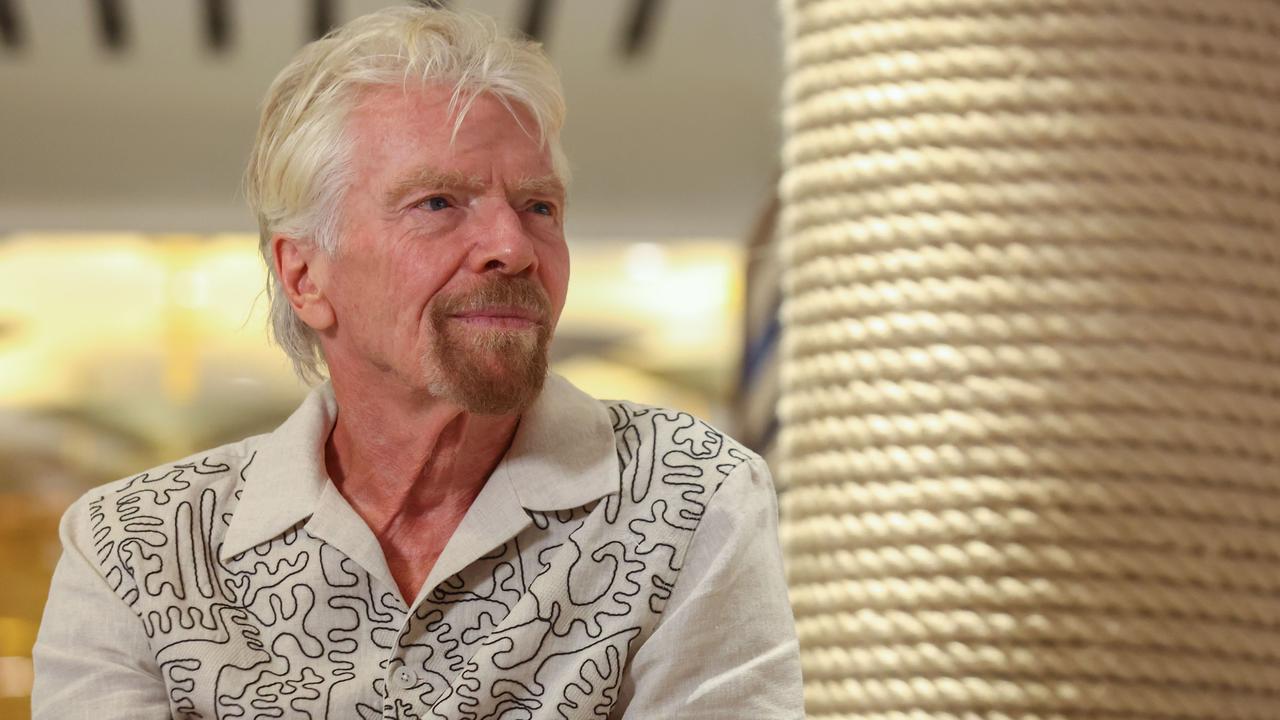House borrowing splurge to fuel shock
Australia’s growing dependence on home borrowing has prompted warnings the economy faces a serious shock.

Australia’s growing dependence on borrowing to buy and build homes has prompted warnings the economy faces a serious shock, increasing the pressure on regulators to act carefully before further tightening the screws on the fragile property market.
Reserve Bank board members face a sombre meeting in Melbourne today with new data showing capital city house prices rising at their fastest pace in seven years — 13 per cent over the year to February and almost 19 per cent in Sydney — amid signs that regulatory efforts to cool the debt-fuelled property investment frenzy are failing.
Economist Saul Eslake told The Australian yesterday: “A house price fall north of 10 per cent is the most likely cause of the next recession.”
He warned that homes and land now made up 52 per cent of households’ assets, compared with only 33 per cent of US households’ assets in 2006 before the financial crisis. American house prices fell for years after 2007, dragging the US into its biggest recession since the 1930s.
Former RBA economist Justin Fabo said the leverage and risk built up in the household sector meant a “significant and prolonged shock to household incomes, such as a loss of confidence would make the accompanying recession much worse”. “The resulting economic effects would undoubtedly be large, partly through the effects on asset prices and banks,” he said.
Regulators redoubled efforts yesterday to restrain rapid growth in housing investor lending: the Australian Securities & Investments Commission announced a probe into the way mortgage brokers and banks treated interest-only loans amid concerns many consumers were being pushed into inappropriate products, hot on the heels of the banking regulator’s Friday crackdown on interest-only loans.
The Australian dollar dropped sharply to US76c yesterday after it emerged retail sales, a barometer of consumer confidence, had fallen unexpectedly in February, slipping 0.1 per cent, while the rate of new apartment building accelerated, also unexpectedly, especially in NSW and Queensland. Economists underlined the huge challenge regulators faced in cooling a market on which the economy — and workers — had come to depend heavily.
“Regulators have to be really careful about how they approach this — you don’t want to hammer credit growth because there’d be consequences for a whole range of sector, households in particular,” said Tom Kennedy, an economist at JPMorgan.
“House price increases have made people feel a little bit better around their own personal wealth situation. They don’t have to save as much or draw down on savings to buy what they want.”
He pointed out that household consumption had been steadily rising last year despite flat or falling real wage growth.
Mr Eslake said building and altering houses and apartments had made up almost 15 per cent of Australia’s growth over the past four years (21 per cent excluding resource exports), almost three times its share of the economy.
“Home building together with tourism and other parts of the services sector has been what’s kept the economy growing after mining,” he said.
The Australian Prudential Regulation Authority announced a further crackdown on investor lending last week, insisting the “interest only” share of new home loans fall from about 40 per cent — among the highest share in the world — to 30 per cent immediately. It also said investor lending would need to remain “comfortably below” 10 per cent a year, a cap it had set back in 2014.
How to respond to the politically charged issued has divided the government and the opposition. Finance Minister Mathias Cormann yesterday again ruled out any changes to housing tax concessions in the budget. The opposition wants to cut the capital gains tax concession and limit negative gearing to new dwellings.
Sydney dwelling values, which are rising at their fastest annual pace since 2002, rose 18.9 per cent over the year to March 31, according to figures from CoreLogic. The median dwelling price in the city is now $805,000.
In Melbourne, dwelling values were up 15.9 per cent to $605,000 over the year, while values in Australia’s capital cities combined rose 12.9 per cent to $585,000.
The Reserve Bank is expected to keep interest rates on hold when its board meets today, torn between cutting rates to revive sluggish job and wages growth and raising them to dampen an exuberant Sydney and Melbourne house price bubble that many experts, including the head of ASIC, have declared dangerous. “Construction activity is around 6 per cent of GDP, but it has big flow-on to white durable goods and landscaping and those multipliers can be powerful; it’s a reasonably labour intensive part of the economy,” said UBS economist Scott Haslem.
The number of new houses and apartments being built has increased from 141,000 in 2009 to 230,000 last year, a building boom that sustains about two thirds of the nation’s 1.1 million construction workers, many of whom have returned from Western Australia in the wake of the resource boom.
“And that doesn’t include people in hardware and retail stores who are selling floorboards, appliances going in the kitchens and showers,” said Graham Wolfe, deputy director of the Housing Industry Association.
Mr Eslake, an advocate of scrapping negative gearing, said: “APRA’s being forced to do what it’s done because the government continues to refuse to move on tax concessions.”
Additional reporting: Elizabeth Redman








To join the conversation, please log in. Don't have an account? Register
Join the conversation, you are commenting as Logout